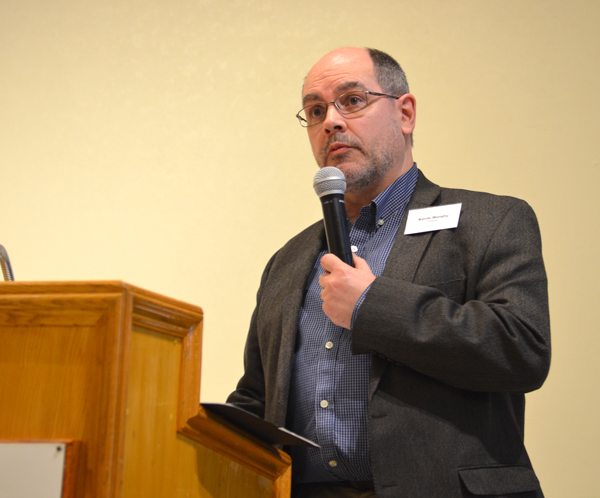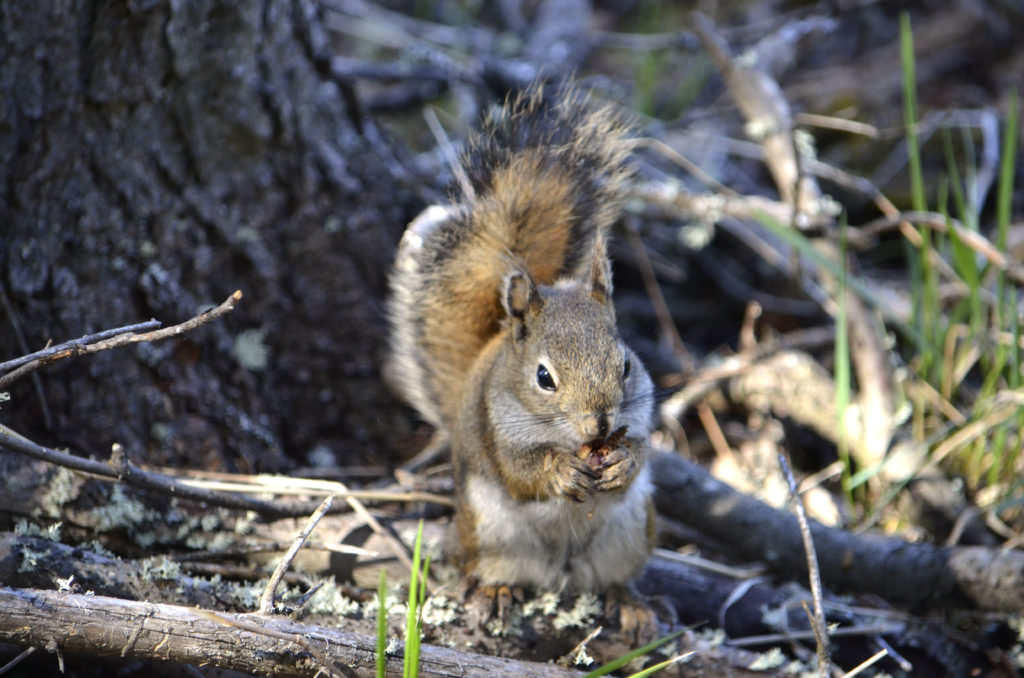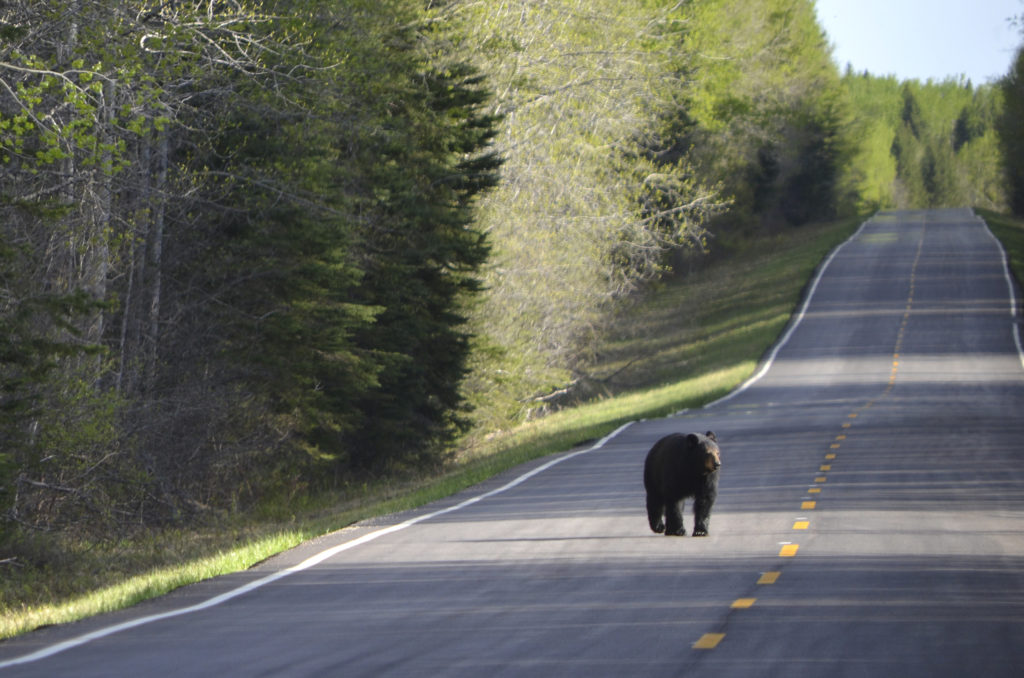
Saskatchewan’s forests are in good shape and at little risk from concerns such as pests or overharvesting, the latest checkup of the provincial forest shows.
The provincial Ministry of Environment unveiled the 2019 State of the Environment report: A Focus on Forests at an industry event in Prince Albert last week.
The report is the first in ten years to take a look at the state of the provincial forest, and government officials said they plan to keep the report online and updated frequently so that it won’t be another ten years before Saskatchewan examines the state of its forests.
The report looked at 24 indicators of forest health, captured under four broad headings: productivity and resilience, economic and social benefits, conserving biological diversity and sustainable forest management.
Many of the indicators are new or significantly modified from the 2009 report. They take into consideration changing information and technology, as well as new challenges such as climate change.
Assistant deputy minister Kevin Murphy shared nine indicators last week, which he said, from an environmental perspective, “show Saskatchewan’s strengths in achieving sustainable forest management, and detail some areas for improvement.”
The indicators “align with ministry and government goals, and demonstrate our commitments environmentally and economically,” he said.
The majority of human activity occurs within the 14.3 million-hectare commercial forest zone, which includes the Cold Lake Air Weapons Range and provincial and national parks in the zone.
The characteristics of the forests within and outside of the commercial zone vary, Murphy said. A traditional boreal forest will have a majority of trees found in the youngest ages and the least amount in the oldest forest ages. Those forests are shaped by natural disturbances, such as fire, insects and disease.

By contrast, forests management for sustained timber is more evenly distributed between young, immature and mature forest ages.
“Forest management in Saskatchewan is designed to result in a forest age structure that emulates natural disturbance to maintain a natural range of ecosystems,” Murphy said.
“Within the boreal shield ecozone, where fire suppression has been less intensive, forests typically follow the natural age distribution.
“Within the boreal plain ecozone, where most of the commercial forest zone resides, protection from fire, insect and disease has been a priority over the last six decades. The proportion of mature and old forest ages are high relative to what is expected. Since older forests can lead to more intense wildfires and more serious insect infestations, the two options to address the age imbalance are to let wildfire play a more natural role when safe to do so or to carefully plan forest harvesting that emulates disturbance. We do both.”
Natural events such as fire, wind, flood, insects and disease are important to maintain the natural cycle of the forest. Climate change can exacerbate those impacts, but so far, that hasn’t been the case in Saskatchewan, Murphy said.
In the commercial zone, the largest disturbance was from insects. That includes spruce budworm, jackpine budworm and the forest tent caterpillar. Populations of all three are cyclic in nature, and outbreaks have occurred within the expected range.
Wildfire was the second most common disturbance inside the commercial zone. Insects accounted for 244,000 hectares of disturbance per year from 2008-2017, while wildfire impacted 133,000 hectares per year. Most wildfire suppression occurs in the commercial forest zone.
The number and size of catastrophic wildfires in some North American jurisdictions have increased in the last five years,” Murphy said.
“Twenty years of available data do not show any statistically significant increasing trend in Saskatchewan. Large wildfires have been the norm in the boreal forest for thousands of years. On average, a given area of forest will burn every seven years in the natural boreal ecosystem.”
As those disturbances are necessary to maintain a healthy age range of forest, Murphy said, one thing the province does is plan forestry activities in an attempt to emulate those disturbances. There are lots of opportunities to increase forestry activity in the province, he said. Of the maximum allowable harvest limit set out by the province, only 43.4 per cent was actually cut in 2016-17, Murphy said.
That means forestry companies can be much more active and still be far from impacting the sustainability of the province’s forest.
“Timber harvesting is starting to emulate natural forest disturbance, but harvest levels are still below the annual allowable cut target,” Murphy said.
“In order to have a healthy forest, we believe that emulating the natural pattern of disturbance is the appropriate thing to do. If you think about any population, we have young organisms coming in and old organisms dying off. Typically it’s the older trees that are attracting insect and disease and fire, things considered to be bad.
“We try to take out the older trees and utilize them from an economic perspective with industry and emulate the natural pattern of disturbance. That creates jobs, creates benefits and maintains a healthy forest.”
The below 50 per cent utilization rate leaves some older tree stands on the landscape, he continued.
Some of those tree stands are located close to major communities, such as La Ronge and Prince Albert.
“We have an ongoing communication and education campaign to allow people to know that forest harvest is not a bad thing,” Murphy said.
“When they see trees being cut down, it’s unsightly, but only for a couple of years. It’s good for the community because they’re not subject to potential fire issues. Trying to utilize the timber to provide an economic advantage while providing safety for the community is one of our goals.
Pine beetle, linear disturbance provide challenges
While three bugs currently present in the province’s forest are occurring at normal rates and aren’t causing any concern, a different insect found mere kilometres from Saskatchewan’s border is.
That’s the mountain pine beetle, a pest found in Alberta and BC that has been decimating pine forests. Other than a population the province is managing in the Cypress Hills area, monitoring sites have yet to detect any in the province, though some have been found as near as 15 km away. Saskatchewan is helping Alberta manage the pest in order to stop the spread of the insect.
‘We consider the pine beetle one of the big challenges, just because of how pervasive its influence has been in British Columbia and Alberta,” Murphy said.
“We know they’re switching between lodgepole and jack pine, which means they can heavily influence our forests. We’re trying to support Alberta in keeping beetles there. That’s why we’re focusing so much effort on their control program and our monitoring program. It could be a significant problem.”
Mountain pine beetles are hearty, able to survive temperatures as low as -40 C. Mild winters and warm summers contribute to the pest’s spread.
Luckily, this past year’s frigid winter may have killed off some of the population. Provinces, though, aren’t taking that chance, and are continuing to monitor and work to control the insect.
The other major challenge facing Saskatchewan’s forests is the impact of linear disturbances.

These man-made features, such as roads, transmission lines, rail lines, seismic lines, cut lines and fire breaks interrupt the forest and can impact the quality of habitat for various forest species, including the woodland caribou. Those impacts on the caribou are one reason the government is tracking linear disturbances. It’s also a requirement of the federal government.
The province’s initial look at linear disturbance shows over 28,000 km of class one, two and three forest roads within the commercial forest.
“That’s three times the length of our border with the United States,” Murphy said.
“The ministry is currently working on a mitigation framework that will determine how cumulative impacts can be reduced. Measuring linear feature density on a landscape is important because linear features can result in forest loss, fragmentation and degradation. Linear density is a common measure of cumulative impacts across different ecosystems and jurisdictions, and can be tracked over time.”
The province is planning to reclaim/restore linear features and help to create natural patterns that more closely resemble the range and variation of natural disturbances while reducing the amount of non-permanent roads.
“The way the federal government measures disturbance, anything humans do in the forest they buffer with a 500 m buffer. Even a trail that has been put in is effectively a half-kilometre-wide disturbance to the federal government,” Murphy said.
“If we can help our people manage those, remove unutilized trails, consolidate trails so that if we have several industries trying to access an area we use the same roads, just getting rid of trails that don’t serve a good purpose, we significantly reduce the impact we have on the landscape to meet the criteria.
“Even if we didn’t have (issue of woodland caribou listed as threatened), doing this is a good thing to do. it creates greater integrity in the forest ecosystem, it allows us to have a more sustainable and healthy forest which can fight off the disease and insects and things we’re talking about.”

